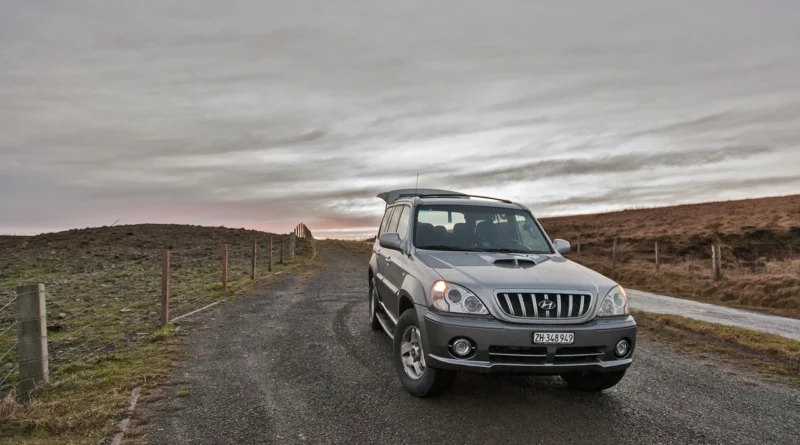Electric Vehicle Road Trips: Your Ultimate Guide to Planning and Charging Strategies
What’s happening with electric cars is truly a revolution and it is happening in India today, meaning there are more and more electric cars in morning commutes and thrilling road trips. Even in India, taking a road trip in an EV grows more and more probable. With cheaper EV models on board, your travels in India are no more than possible, and they are becoming increasingly convenient. The chargers are expanding, battery ranges are getting more boosted, and there’s more, bumping into one of the most demanding four-wheeled types positioned for journeys. However, to be fair to you, there are some additional steps in planning a road trip. You would have to think a little harder on all these lines-about charging, for sure, and route planning-to take an electric vehicle in your road trip. Don’t worry, though: We’ve got it all under wraps with this thorough guide to your next electric road trip being smooth, awesome, and conservationist.

1. Choosing the Right EV for Your Journey
Selecting the right EV for a long-distance road trip is crucial. Choose the one with an EV solid battery range—ideally, at least 300 km per charge. This way, they can travel with no or very little worry about running out of charge—but we, meanwhile, can enjoy the opportunity that electric vehicles are creating: travel and breathtaking milestones without a fog of carbon monoxide. For EV’s like Tata Nexon EV Max, MG ZS EV, and Hyundai Kona could be the feeling ones due to sufficient range and performing capabilities. Furthermore, these include other things to consider are the battery life, charging speed, and how easily your vehicle connects it with the charger points available over your distances.
2. Plan Your Route Keeping Charging Stations in Mind
For electric road trips, charging points are an essential point to complete the journey. Route including charging point infrastructure can actually be identified; highways that can be considered in this category include an 8-lane Mumbai-Pune Expressway, Delhi-Jaipur route, and Bangalore-Chennai corridor. An easier way to do it is to select any of the plug-sharing platforms or companies’ own apps like PlugShare, Tata Power EZ Charge, or AtherGrid to look up the charging infrastructure along the way.
Advance planning is the key point including checking on availability and condition of charging points—especially in more remote places. It’s a wisdom to include some backup charging points as part of your journey plan, just in case you need them. It will also serve some additional ease if you can find charging locations near tourist attractions, restaurants, or shopping centers to make the best use of your stop.
3. Types of Charging Stations
This communication command is important to know as an electric vehicle (EV) user wanting to do a driving holiday in India. There are three types:
The Slowest Chargers (AC Level 1): This is your standard household charger, taking ages to charge an EV.
Moderate Chargers (AC Level 2): A bit faster than Level 1, they can be found publicly in different places which require several hours to fully charge.
Rapid Chargers (DC Fast Chargers): They generally work well for our national road trips. It only takes 45-60 minutes for your EV to charge up to about 80%, depending on the type of car one has.
Features are to be highlighted by fast chargers for long travel. They will be found generally situated at the main highways and urban centers. Don’t forget to check for charging options on your journey to pre-plan this part. Some hotels allow free charging, which can be of great help during recharge stops.
4. Optimize Your Driving Elements for Maximum Range
Driving habits – which significantly affect the range in an EV – can be optimized by keeping the following suggestions in mind to increase the life of your battery:
Drive Smoothly: Avoid any sudden acceleration that can increase your speed, high-speed driving, etc. because they may make the battery dry faster.
Use Regenerative Braking: Many EVs has regenerative braking that helps recharge the battery on slowing down, so your advantage should be to use it.
A.C. Under Control: Running your A.C. on high eats more energy, so try to keep it moderate, especially when you’re trying to boost range.
Maintain a Constant Speed: Running at a moderate speed where one moves steadily is more preferable for battery performance in contrast with sudden accelerations or high speeds.
5. Be Prepared for Emergencies and Delays
While electric vehicle infrastructure in India is not properly established yet, there can be instances in between when delays or negligence set in charging stations-so few at distant routes. Thus, be prepped with a portable charging cable that can be used with any standard 15A socket; it might prove to be more of a lifesaver in less-populated remote places. Also, keep a properly charged power bank, flashlight, and emergency kit handy for additional peace of mind.
6. Enjoy the Journey!
The best thing about an electric vehicle road trip is that it facilitates a beautiful tour through landscape conservation with minimal environmental fallout. Take your time to indulge in India’s diversity of natural scenery, visit places closer to you, and let go in the calm soporific ride that an electric vehicle offers. Perform the best calculations around the charging and route optimization. You would have a grand time during an unforgettable battery-drinking trip.
Then, after all, India supports E-vehicle adaptation, the charging infrastructure will further develop. You should — and having a spirit for adventure — hit the road EV-travel with sweet and low carbon print across the country. Just plug it in, plan a route, and get going and have an awesome and sustainable trip across India!



